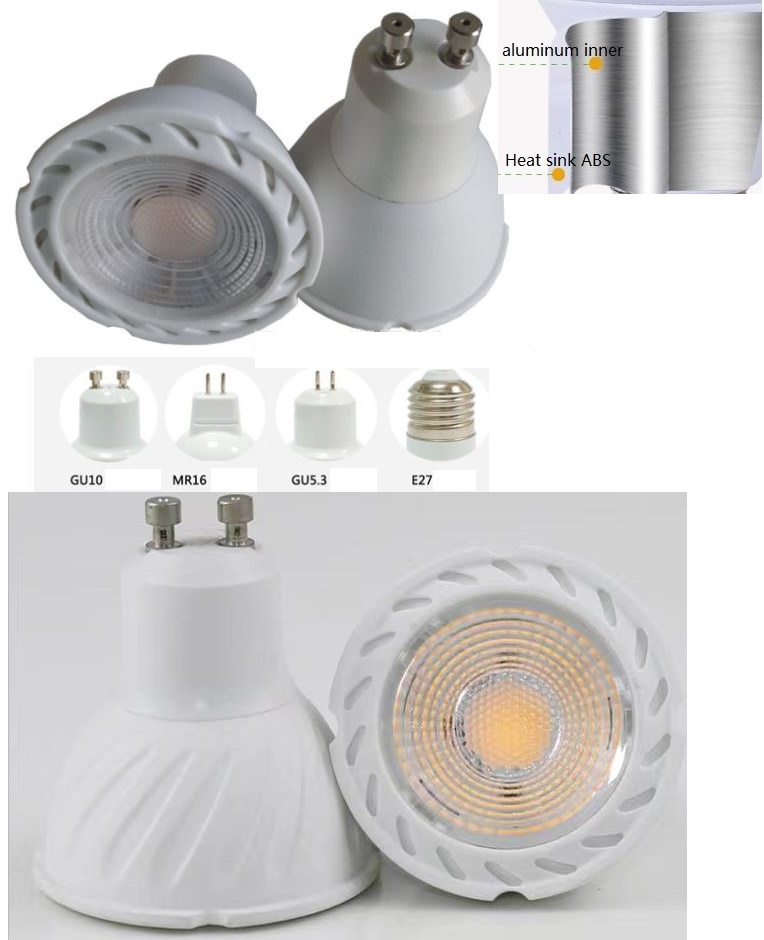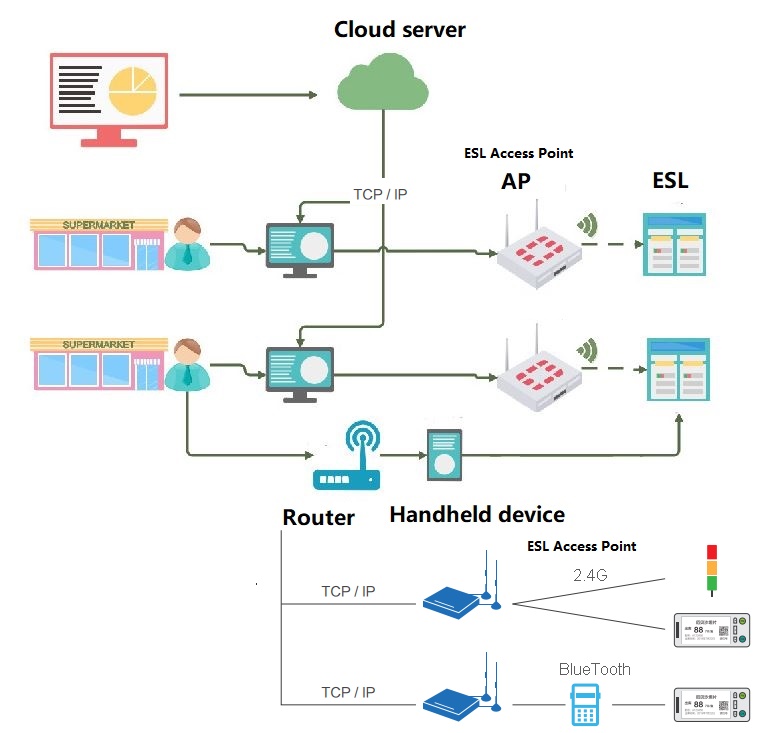NFC smart ESL digital shelf tag, NFC Price Tag, UHF rfid adhesive tags, RFID Labels, Tags, Readers, NFC ESL tags, NFC-Powered E-Ink E-Paper Display ESL smart Digital shelf tag, ESL - Electronic Price tags. Electronic Shelf Labels Access Point 2.4G, Electronic Shelf Labels Gateway. The service life of ESL can reach 7~10 years, Without paper will reduce carbon emissions and Enhance retail efficiency.
ESL smart Digital shelf tag, Electronic price tag 2.4G wireless NFC E Ink Digital Price Tag Electronic Shelf Label Epaper Demo KIT Enhance retail efficiency, ESL smart Digital shelf tag through the original NFC radio frequency energy algorithm chip, RF power extraction is realized, which can instantly store high-power electricity and safely drive loads. It enables E Ink display screen to complete energy extraction, self-power supply and data interaction without batteries and non wiring.
RFID labels and tags come in various sizes and materials for quick testing and deployment of an RFID solution; using them allows for speedier solutions implementation.
Radio frequency identification (RFID) tags are a broad category of smart labels used for tracking purposes that encompass near field communication (NFC) tags, ultra-high frequency (UHF) tags and others.
Compare ultra-high frequency (UHF), high frequency (HF), near field communication (NFC), and low frequency RFID tag types. By doing so, they provide insight into each tag type's performance compared with each other: UHF vs. HF vs NFC vs LF RFIDs.
Low-frequency (LF) RFID tags: 30 KHz to 300 KHz These RFID tags typically offer slower read rates and shorter ranges than UHF or HF tags, yet are less prone to interference from liquids or metals due to having longer wavelengths. Because of this feature, they're frequently employed for applications involving metal substrates such as inventorying beer kegs or automobiles.
High-Frequency (HF) RFID Tags: 3-30 MHz
These 3 to 30 MHz tags offer longer read range and higher memory storage capacities, making them suitable for cataloguing library media or tracking bracelets for theme parks. In the HF RFID category are commonly found Near Field Communication (NFC) tags.
Ultra-High Frequency (UHF) RFID Tags: 300MHz to 3GHz, inlay rfid tag, 915 Mhz RFID Wet Inlays, Uhf tag rfid adhesive tags inlay rfid label
UHF tags are considered "supply chain frequency", since they're generally more affordable than the other types and yet offer great read range and rates. Common applications for UHF tags include item-level tracking, retail inventory control and driving efficiencies within supply chains.
NFC tags differ significantly from traditional RFID types by having a much narrower read range; often only needing to be read from within centimeters of each other. Furthermore, while other forms of RFID allow entire pallets of tags to be scanned at once simultaneously whereas NFC must be read one at a time; their larger memory capacities and two-way communication abilities make these highly versatile promotional tools.
Requirements For Programming An NFC price Tags
In order to program NFC price tags, there are certain things, or requirements that you must meet. These are basic ones and as long as you use modern gadgets, you should be just fine.
You must have:
An NFC tag which can be bought from us.
An Android device with NFC compatibility. Check your phone’s specifications to confirm.
An app to program your tags. There’s a free app on the Google Play Store so you don’t need to worry about it.
Customized ESL smart Digital shelf tags system solutions is acceptable, Please contact us.

